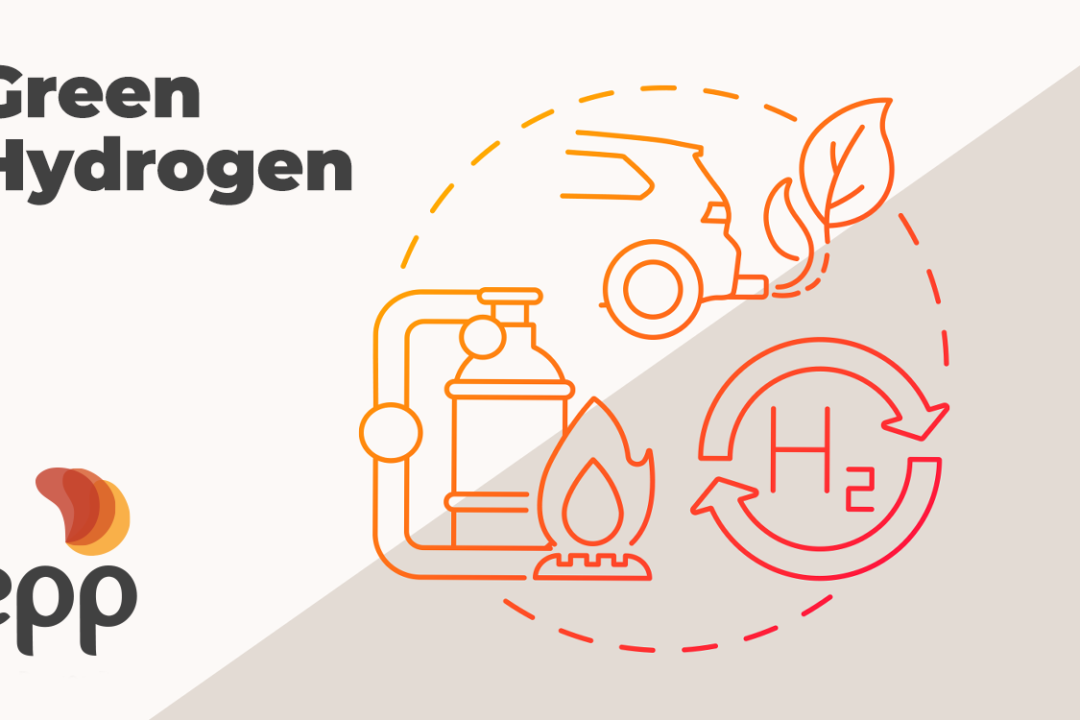Do you know how hydroelectric energy is generated? It occurs through the use of the kinetic energy contained in the flow of water bodies in plants.
Much of the electricity produced in Brazil, around 65%, is generated from hydroelectric power. The country is rich in rivers with large expanses that flow over plateaus and depressions and these characteristics are important to facilitate the implementation of plants. The highlights are the Amazon Basin, Tocantins, Paraná, São Francisco, Uruguay, Southeast Atlantic, South and East.
The hydraulic potential of a river comes from the amount of unevenness that counts in its course and the flow of water contained in it. It is possible to find natural gaps, such as waterfalls and built gaps, such as dams. Brazil’s potential is great, second only to China and Russia. Understand better about this type of energy generation.
How is hydroelectric energy generated?
Hydroelectric energy is produced in a plant from the hydraulic potential of a river. To take advantage of this strength, large hydraulic infrastructures capable of extracting the maximum potential from this renewable resource are built.
For the generation to take place effectively and continuously, it is necessary to build a structure so that the volume of water is sufficient for the generation of energy recurrently. In this case, the dam is built to dam the river water.
When creating the dam, the water level and the stored volume are periodically analyzed to predict production capacity. The plant is the entire structure in which the water passes, moving the turbines and generating kinetic energy. These structures are connected to generators that transform this energy into electrical energy.
This model stands out for being clean and renewable energy. In other words, it does not produce carbon dioxide, unlike what happens with thermoelectric plants. In addition, although the costs of implementation and maintenance are expensive, the cost of production is cheap, making it a financially viable energy for the consumer.
However, as it is a work with great impacts, the construction area needs to be flooded. This generates expropriation of the inhabitants and deforestation in the region, being a work that involves government releases and planning that can take years.
How important is this matrix for Brazil?
Brazil has 83% of its electrical matrix originated from renewable sources, according to the Energy Planning and Development Secretariat of the Ministry of Mines and Energy. Participation is led by hydroelectric plants (63.8%), followed by wind energy (9.3%), biomass and biogas (8.9%) and centralized solar (1.4%).
The country’s first hydroelectric plant was built in Minas Gerais more than 100 years ago. Since then, this model has developed for the other states, being the primary source of the main cities in the country.
The generation of electric energy from hydroelectric plants is essential in Brazil, as the generation predictability is much higher in comparison with other renewable sources, such as wind generation, which depends on the occurrence of winds and solar generation that occurs only in the period daytime.
But, although it is a model with several benefits and relevance, in 2001, due to a shortage of rain, the whole country had to undergo rationing to avoid further blackouts. Since then, there has been an increase in investment in other sources to ensure continuous availability.
In the long run, the trend is that hydroelectric plants lose space due to two factors: first, because there is a physical limit of places that can receive a hydroelectric plant and second, because there is an increase in investment in other renewable sources that are easier and cheaper to implement . But today it is an important source for the Brazilian energy matrix.
If you liked the content and want to check out other renewable sources to invest in, read this content on the blog.





